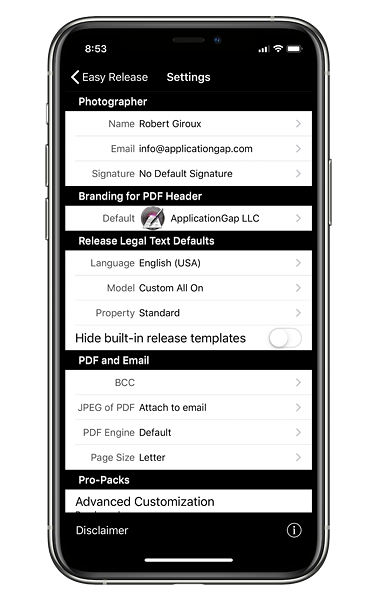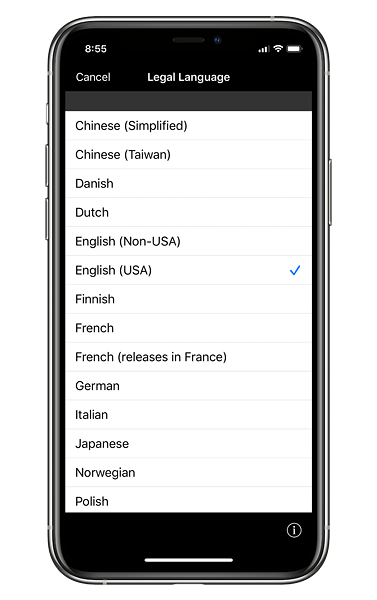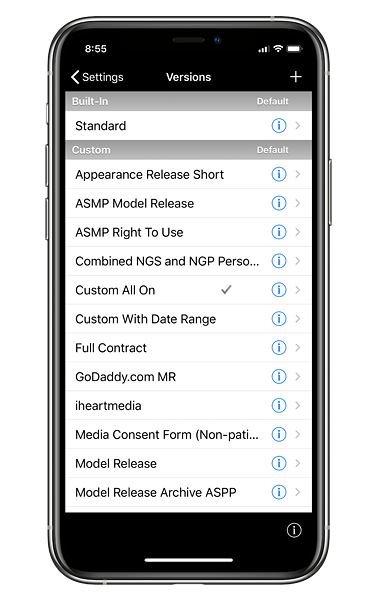
These are tips on how to get model releases and what I can do to obtain them. Let’s start with how you ask for a person to sign a model release. Less is more when asking someone to sign a model release. I always start with the reason I am making the photos. I am here at the university, helping them with their recruiting materials. Can I take your picture? Once they say yes, I will follow up with question two. Can you sign a model release that permits the university to use your photo? At this point, I find it best not to open the can of worms. I let them open the can of worms if necessary. 95% of the time, people will sign the model release. For those less than 5%, I talk about what their signature allows the university to do with the photos and what most likely could be some possible uses of the images. For example, “The school will put these into their database of photos and then use them for things like their website, recruiting printed materials, posters, billboards and maybe as part of a TV ad, for example.”

At this point, only a handful of people in my career have said no to permitting the use of their photos.
What not to do
I have been with a couple of my clients who wanted to handle getting the model releases signed. Many use a similar technique to the one I outlined above. However, I have had a couple who do a better job talking people out of signing a release than talking them into signing one. “We are here today doing a photo shoot for the school. Stanley, here is the photographer working with us to make these photos. He does a great job of getting great images for us. We have a model release we would like you to sign. The model release gives the school the right to use the photo however we choose. For example, we may use it in the recruiting materials or on a billboard.”
Here is where it falls apart
“You won’t see your photo published just anywhere. You will not see it somewhere else on the web. You will only see it in other publications associated with the school. By the way, the teacher doesn’t have to sign this. We already have you sign an agreement that permits us to make these photos without your permission.”

As you can see, the person thought they were helpful, but in talking, they brought up all the reasons they had yet to consider. Then, they helped nail it because the institution was mistreating the professor. Who wants to help a group like that? I wouldn’t.
Now that you know how to ask for a signature on a model release, what should you use now?
It affects expressions
You’re asking for permission to take a photo and release it, which can help or hurt expressions. Do it right, and you will make everyone feel like this is their special day, treating them like movie stars.
If you do it incorrectly, people will wish you were not there. You are bothering them, and they want you to leave.
You can see this in their expressions–even if they signed the release, they would not be as positive if you did it wrong.
What to use
I have used the pocket release, which I modified from the American Society of Media Photographers. Their legal counsel developed forms, and many photographers have used them. Click here for a link to their website, which gives you all you need to know about the model and property release. I put four pocket release forms on a page, printed them one 8.5″ x 11″ card stock, and had them cut into more miniature sheets. Which language should I use? Click here for examples.

Easy Release App
I got an iPad this past week and have been exploring everything it can do. If you download an App from the App Store, you will be recommended more apps based on what you have already downloaded. I got a recommendation for the Easy Release.
You don’t need an iPad for this App. You can put it on any smartphone or tablet, whether Android or an iPhone/iPad. The App generates a PDF and a JPEG of the model release. I love this because I can put many of these PDFs into one larger PDF and upload it to my PhotoShelter Image Database. So, the client has a copy of the model releases alongside the photos. When I first started reading, I hoped for a simple release and a way for the person to sign the waiver. However, you can do even more. You can now have the longer verbiage form or modify it to what you and your lawyer deem necessary. You can take a photo with your smartphone or iPad and attach it to the model release. The Easy Release model release has more information than I was gathering earlier. I have a long-form, their information typed (I can now read it), a signature, and a photo of them all in one document I can email to anyone. In some situations, it might be more feasible to pass out forms to a large room of folks to sign than pass around your iPad, but I prefer the final model release of the Easy Release over all others I have ever used before. So, if you are hesitant about getting those releases because it is difficult to remember to carry those forms, they are always with you on your phone or iPad.

Robert Giroux is the founder and CEO of Easy Release and a Senior Media Management Systems Specialist at the National Geographic Society. Photographer with over twenty-four years of experience in editorial and commercial shoots whose clients have included Newsweek, Time, AFP, Reuters, and Getty Images, among many others. Over eight years on staff with Getty Images in various roles, including chief photographer and designer of the photo-editing software currently used by their editorial division. Moran Belford is the software developer and consultant at Gis. Belford is a veteran mobile, web, and desktop software developer and founder of Snikkr, Inc. Here is a PDF of the press release about the software.

